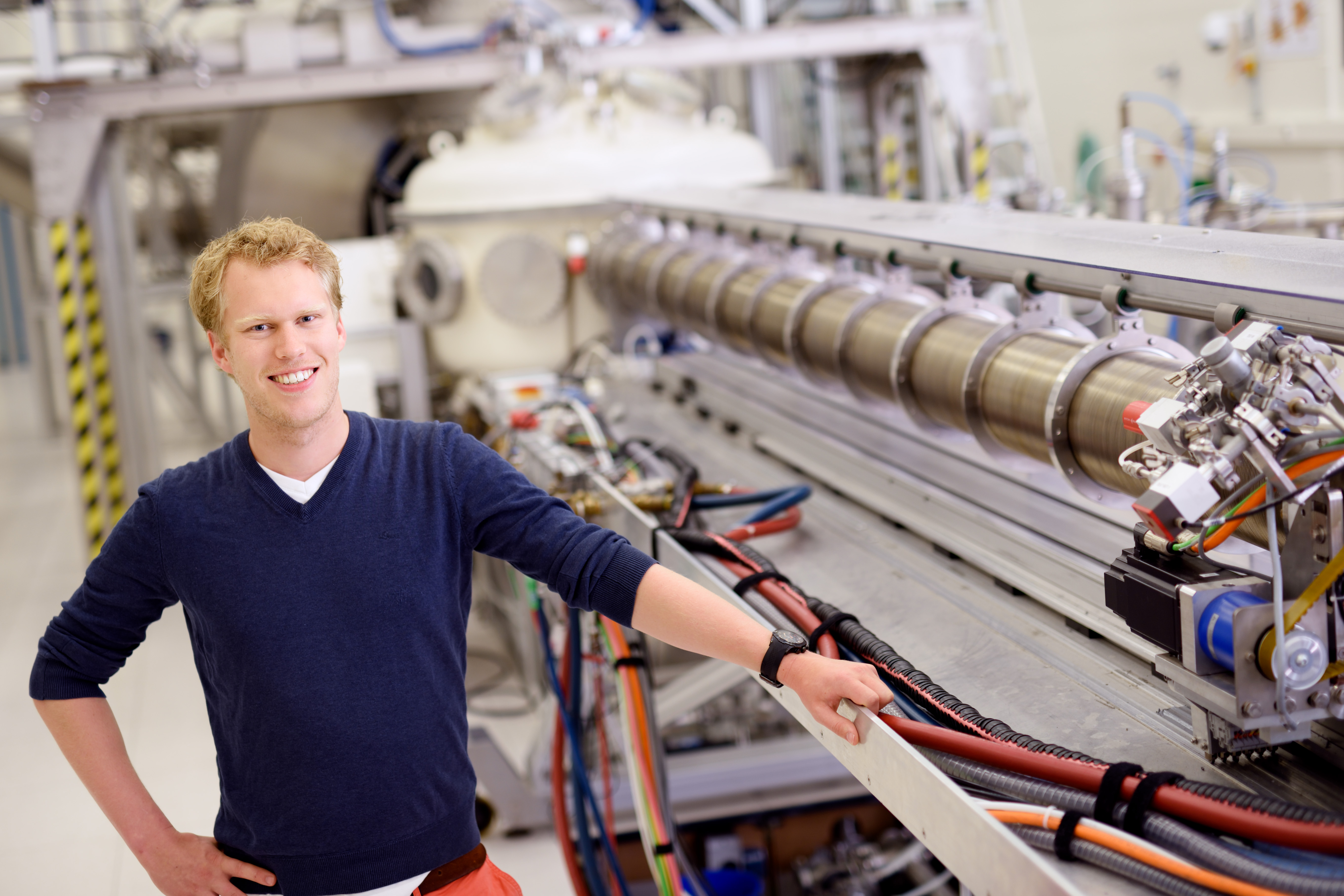Peter Rindt likes to think out-of-the-box. So when his Eindhoven University of Technology supervisor Niek Lopes Cardozo asked him if they could use 3D-printing to fix a long-standing problem in fusion reactors, that is what he did. Rindt designed a divertor using liquid metal contained by 3D-printed tungsten. He successfully defended his PhD thesis in July 2019.
“A major problem in a fusion reactor is the heat resistance of the divertor, where waste material from the reactor is removed. In this part, the heat flux density can be so high that the material the divertor is made from, tungsten, will crack, melt or erode away. This can be solved by using liquid metals in the divertor, as these will not crack and can be replenished. Furthermore, these liquids can take up excessive heat by vaporizing and radiating, an effect called vapor shielding. However early designs, for example using a wire mesh to soak up liquid lithium, are not yet suitable for use in a real reactor.
I designed a 3D-printed matrix from tungsten with capillary channels that contain the liquid metal. It is resistant to the various loads, such as the power and neutron fluxes, and can handle a temperature gradient very well."
3D matrix materials
"Using the linear plasma generator Magnum-PSI at DIFFER, we showed that if tin is used as the liquid metal, this divertor design can withstand almost double the required heat flux density in steady-state operation of the reactor, and even three times that for so-called slow transients. Another obstacle that remains is the resilience to very short plasma disruptions, which give much higher heat flux densities. However, the early results look promising.
As an engineer, I take up design challenges, such as the ones the European DEMO project is facing, much more than the physics challenges of ITER. I am happy that I was able to convince the team at DEMO that my divertor design is feasible and may solve many of their challenges. We are now building a prototype of this divertor using various 3D matrix materials.”
This interview was written by Bastienne Wentzel and published in the Annual Report 2019 (page 14).

Go to the News page.